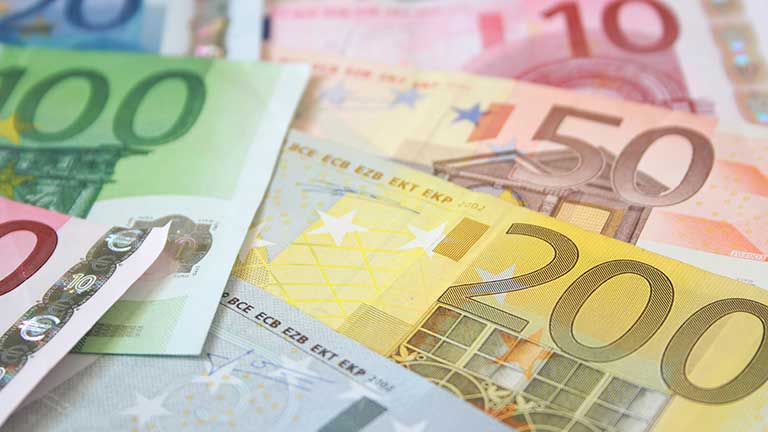Eurostat published the data for last year amid a number of signs that a eurozone recovery is starting to take root.
The agency said the ratio of debt to GDP in the euro area fell to 90.1%, compared with 91.2% in the previous quarter, 91.5% in quarter three of 2015 and its lowest level since the final quarter of 2012.
In the EU28, which includes member states that do not use the euro, the ratio fell from 84.2% in the second quarter to 83.3% in the third quarter. This compares with 85.9% in the third quarter of 2015.
Eurostat also published figures for the seasonally adjusted general government deficit, which stood at 1.7% in the euro area and 1.9% in the EU28 – in both cases an increase on the previous quarter, by 0.2 percentage points and 0.1 percentage points, respectively.
Last year, the European Commission loosened its stance on member states’ approach to fiscal policy, moving away from advocating austerity towards a more “neutral” view.
However, the bloc observes strict spending rules that require governments to keep their deficits below 3% of GDP and public debt below 60%.
This week also saw data published on the eurozone’s purchasing manager index – indicating the health of an economy’s manufacturing sector – which posted at its highest level (64.7%) since 2012.
Jennifer McKeown, chief European economist at Capital Economics, said: “This suggests that concerns about the fragile political situation in the region have so far been offset by the more immediate and tangible impact of strong monetary policy support and a weak euro.”
Today, however, ratings agency Fitch warned that its analysis suggested political risks could be about to take their toll on growth.
It said the surge in populism, euroscepticism and nationalism in the context of several key elections coming up this year, in Germany, France and the Netherlands, for example, could worry investors.
Investor concerns about the bloc’s unity could, in one scenario, prompt an increase in bank lending rates, bond yields and a fall in equity prices across the euro area, Fitch said, although it added this is not its “base case”.
If it did occur, however, it could have growth consequences equal to 1% of GDP.
Gergely Kiss, director in Fitch’s economics team, said that policy responses to such an incidence would be “very limited”.
“The ECB could increase quantitative easing purchases, but this would likely have a diminishing impact on the real economy. Fiscal easing to rebalance the policy mix might turn out to be counter-productive and reignite concerns about the risk of fiscal sustainability and fragmentation,” he continued.
Fitch also noted that despite the modest recovery, public debt remains high and has continued to increase in large countries, such as Italy and France, since 2012.














